Northern Exposure
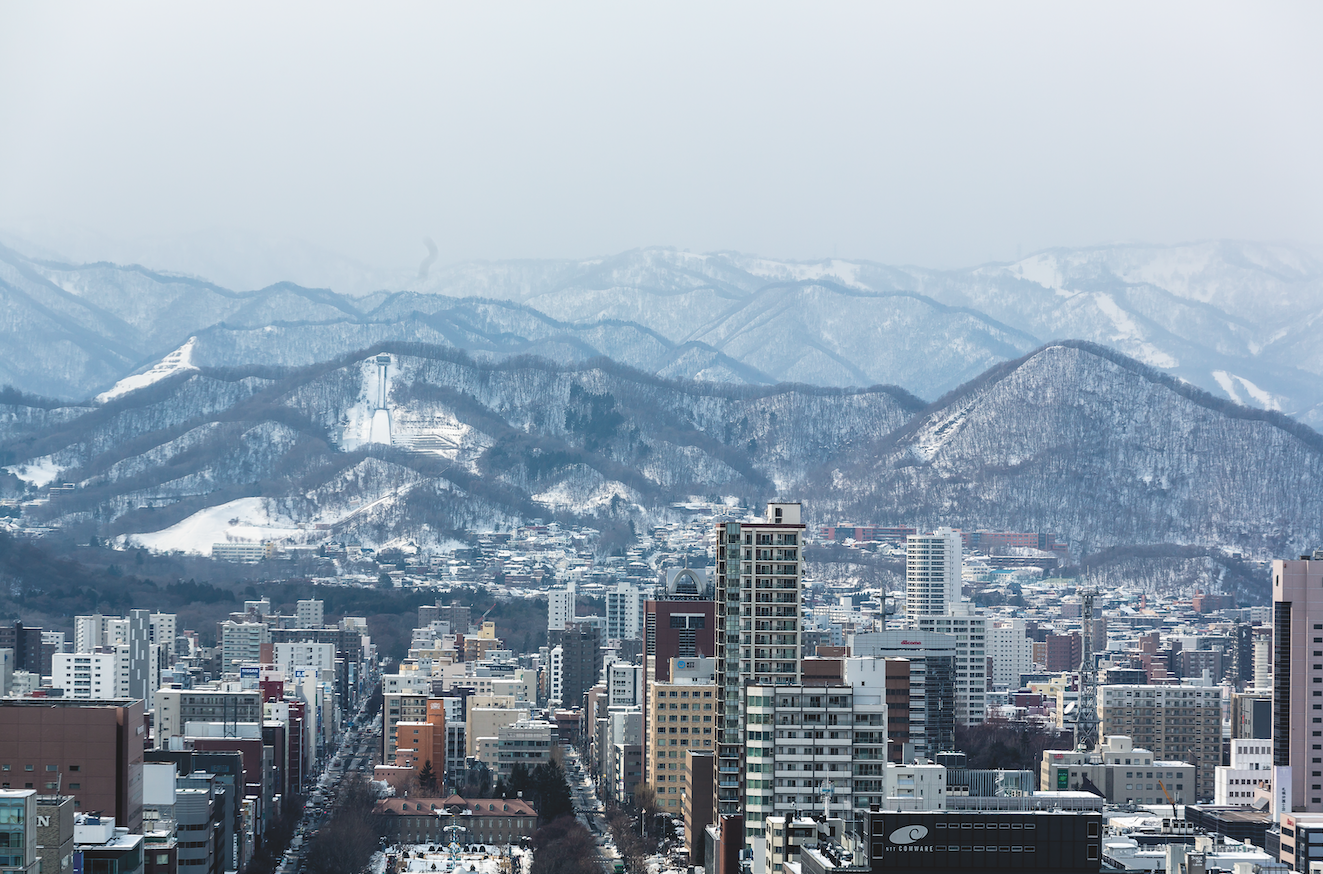
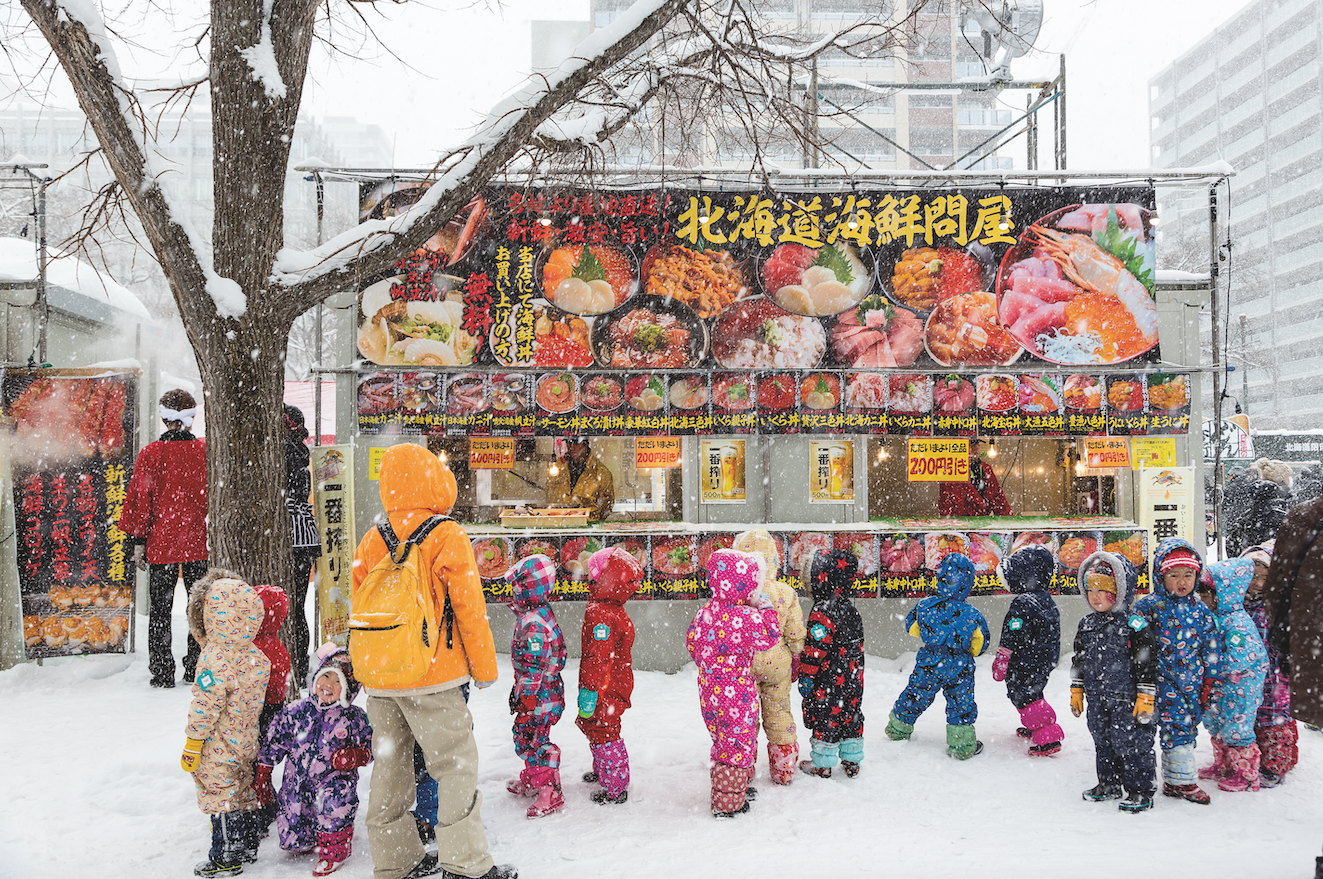

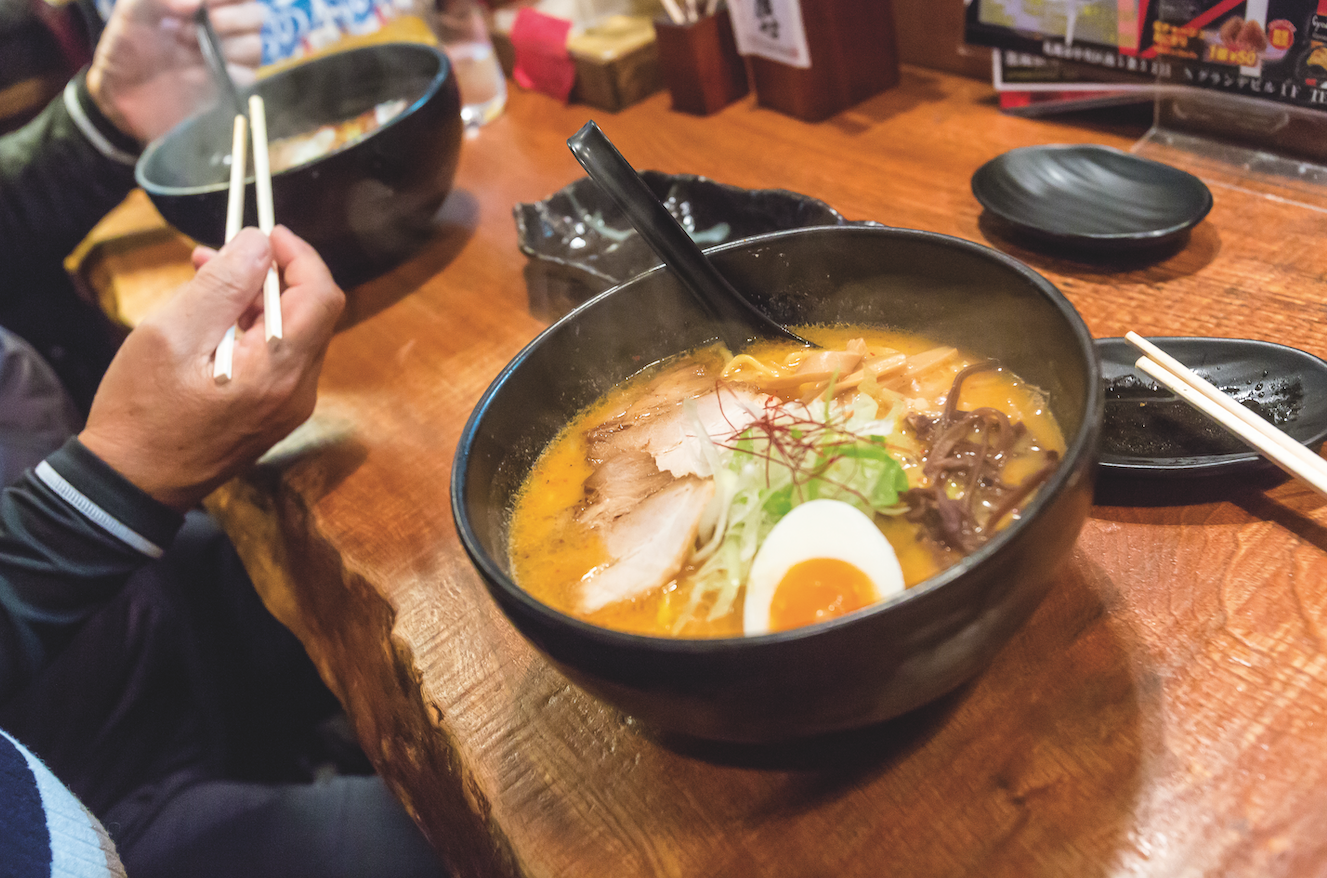
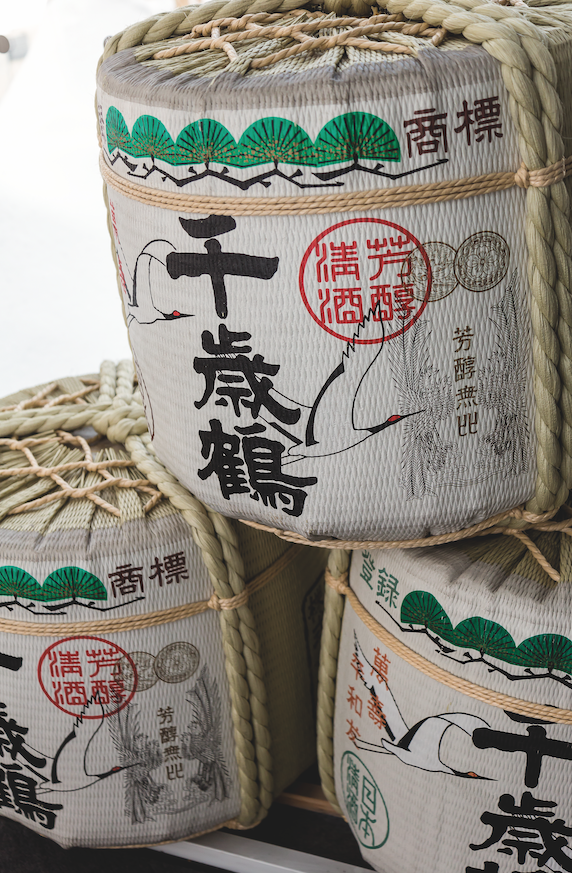
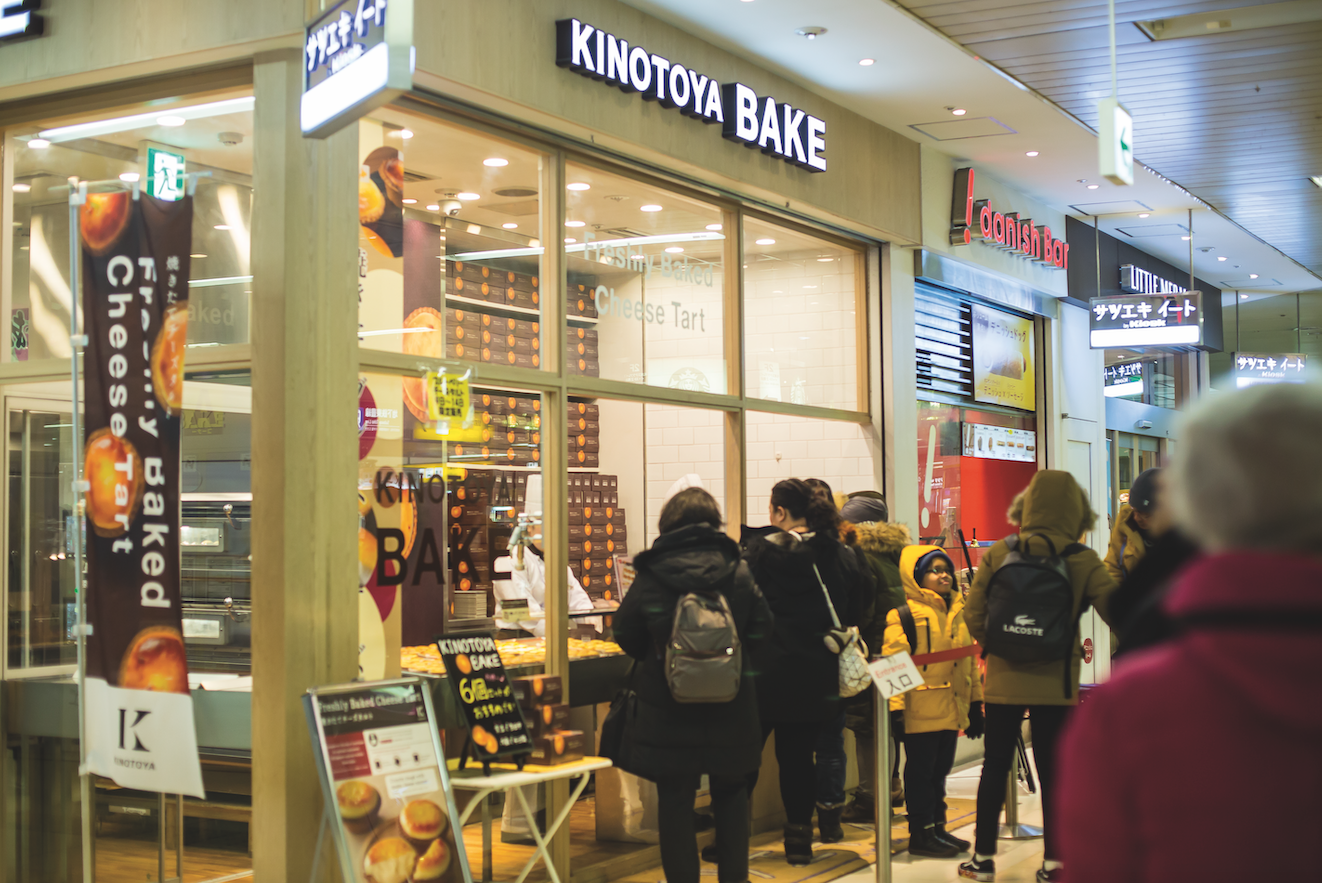
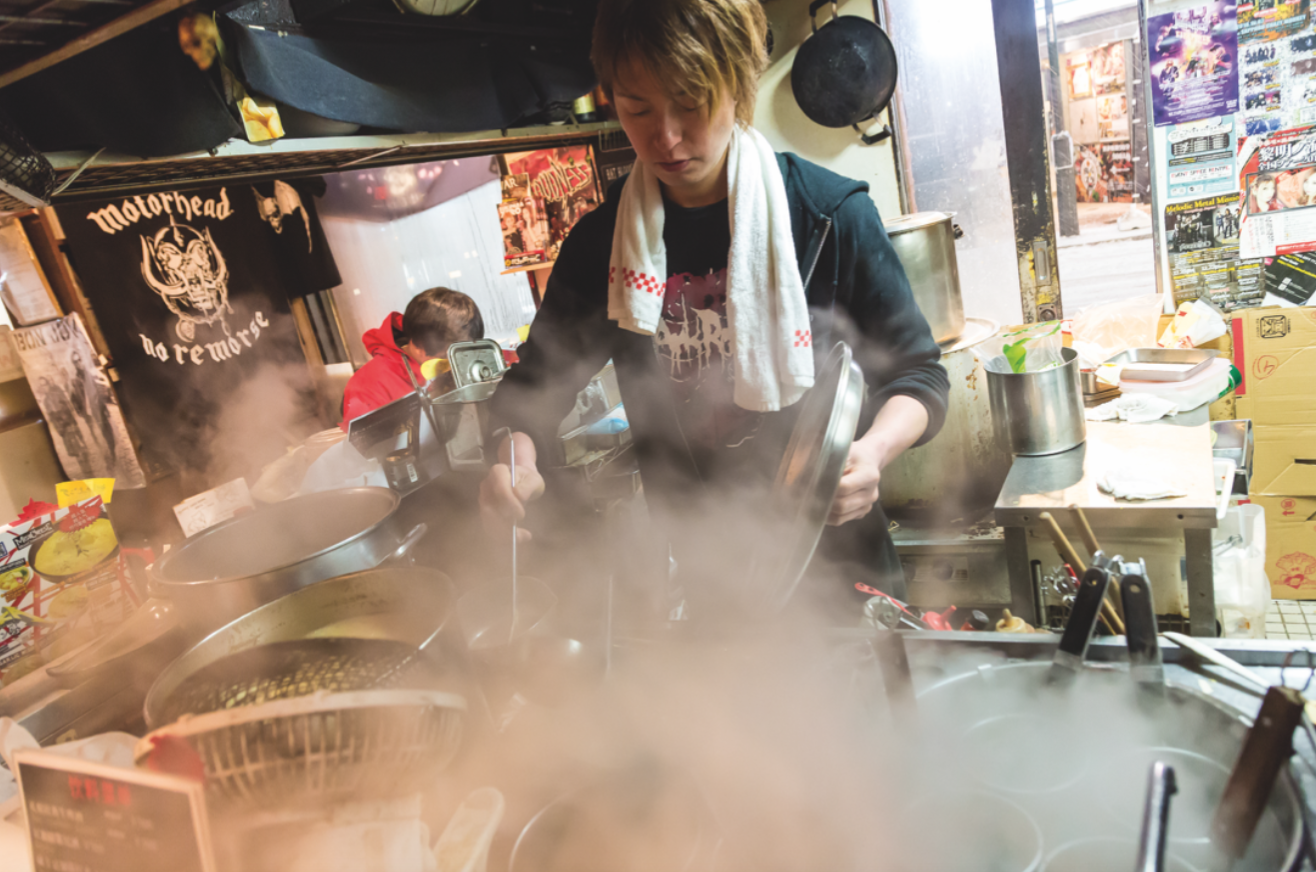
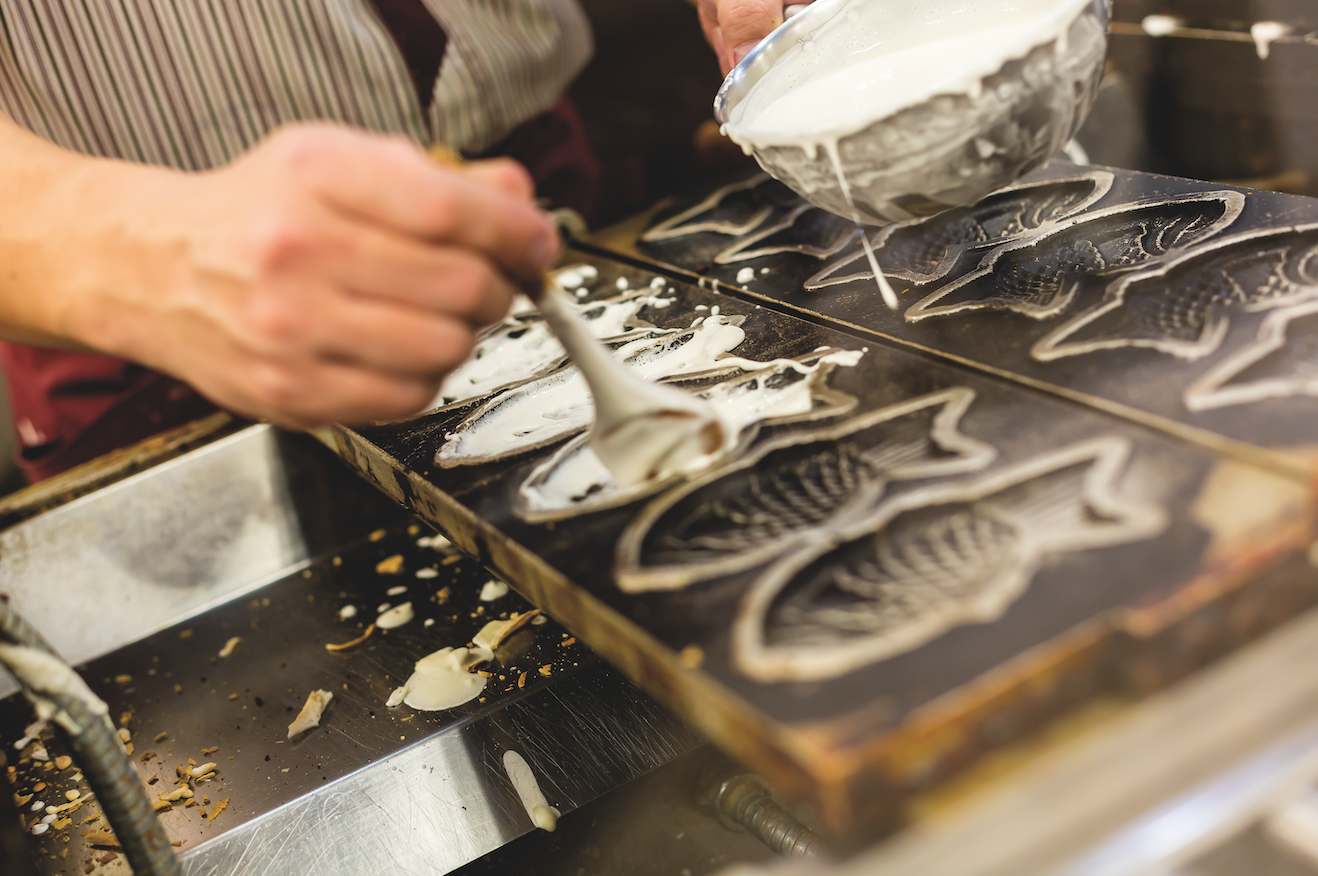
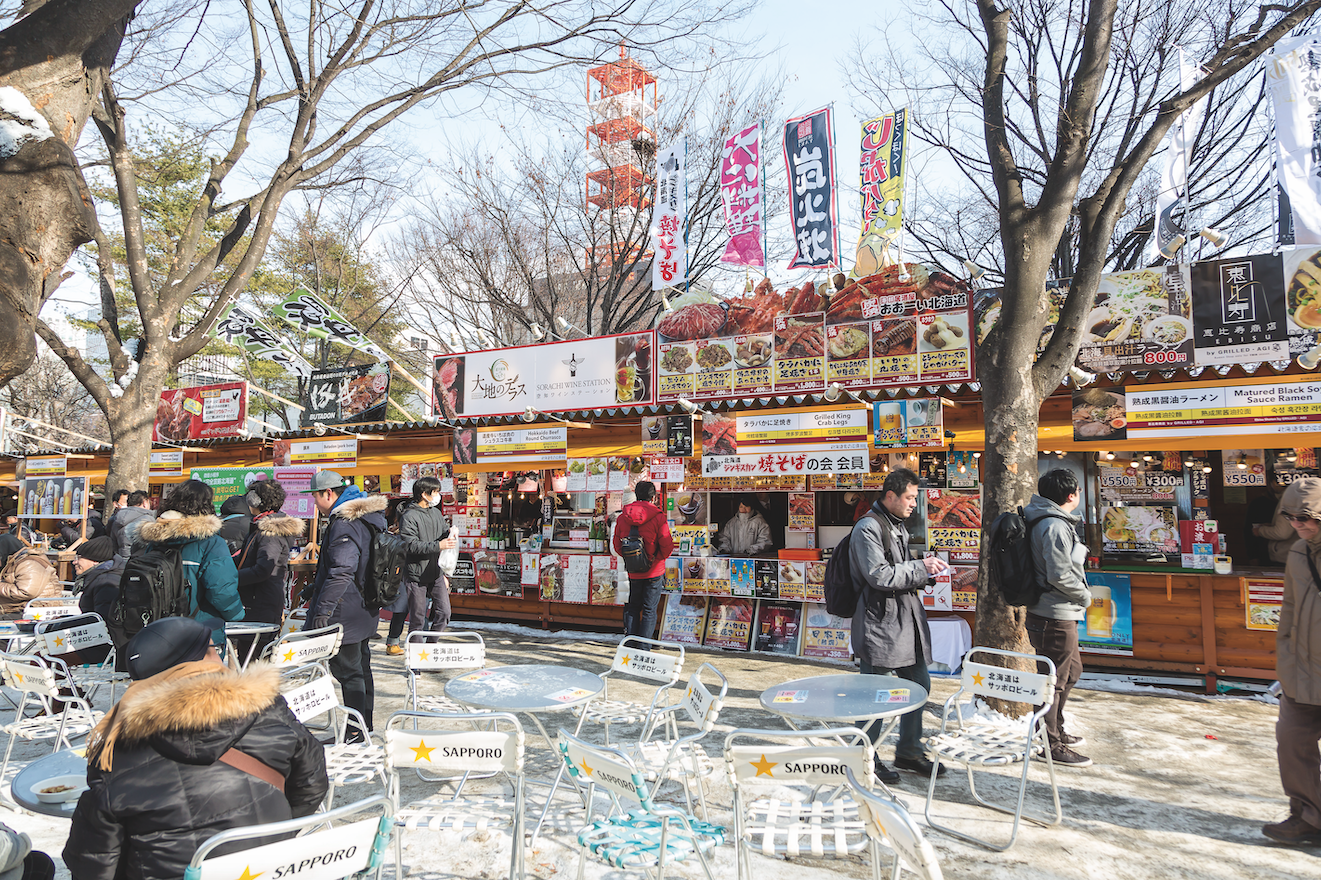
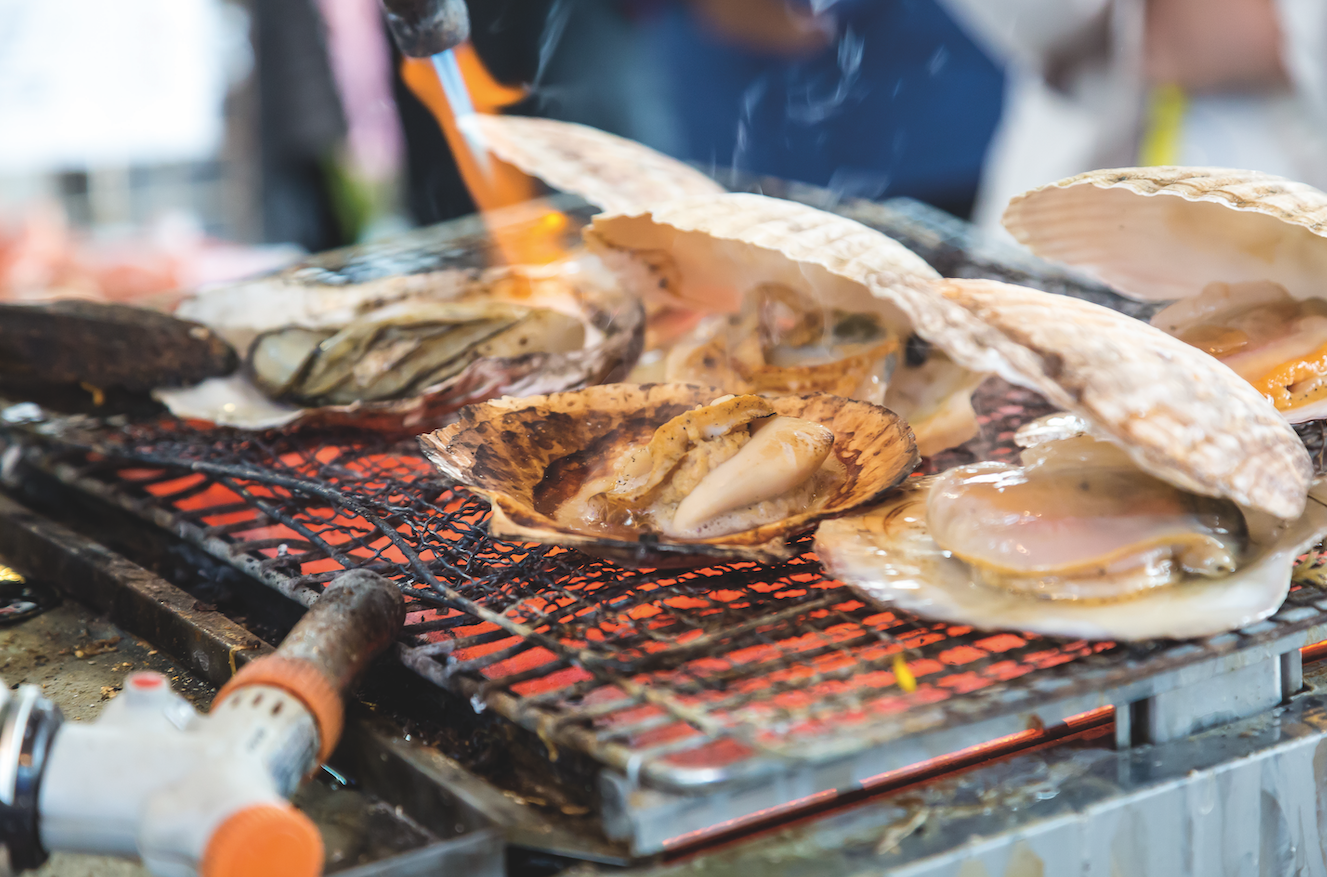
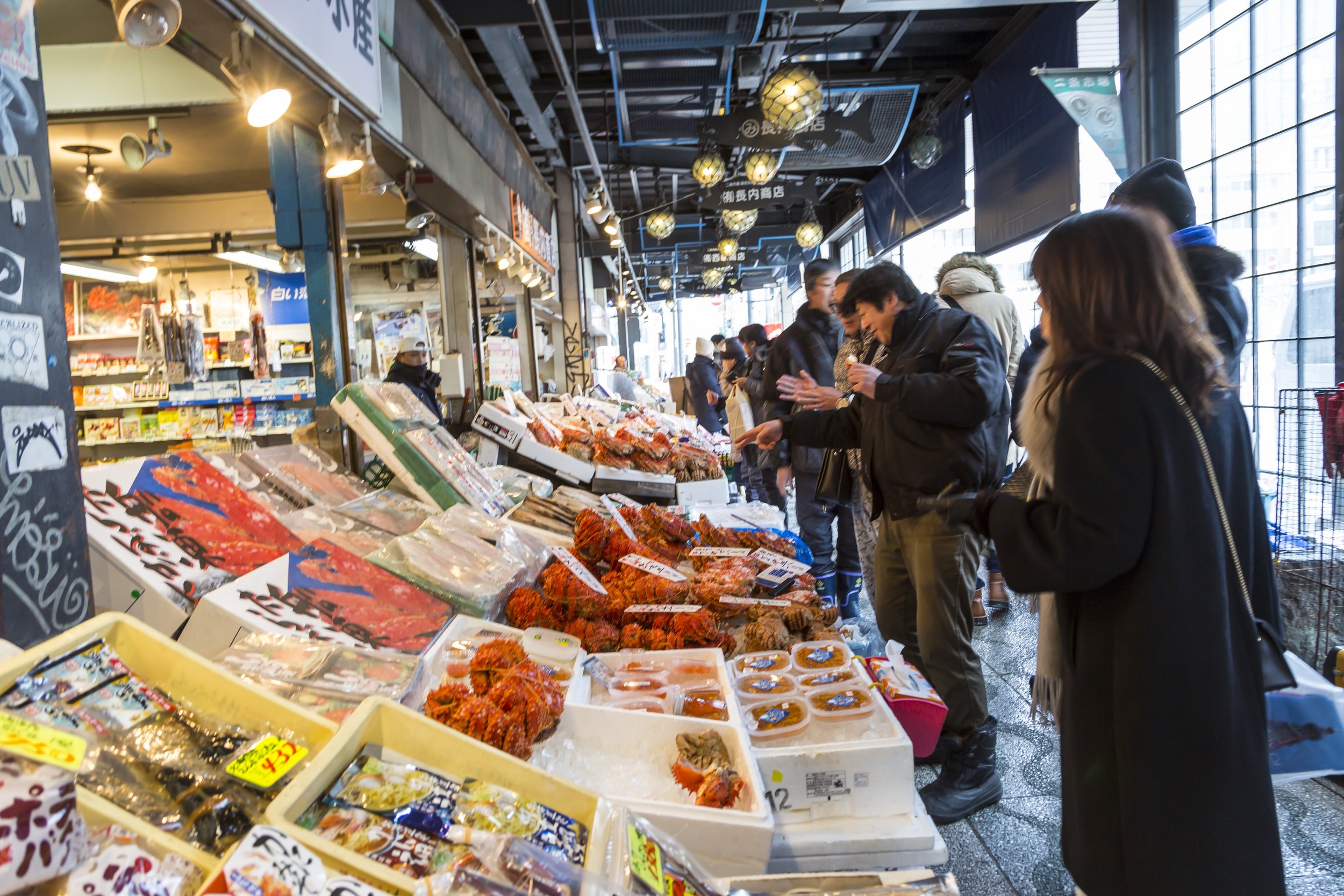
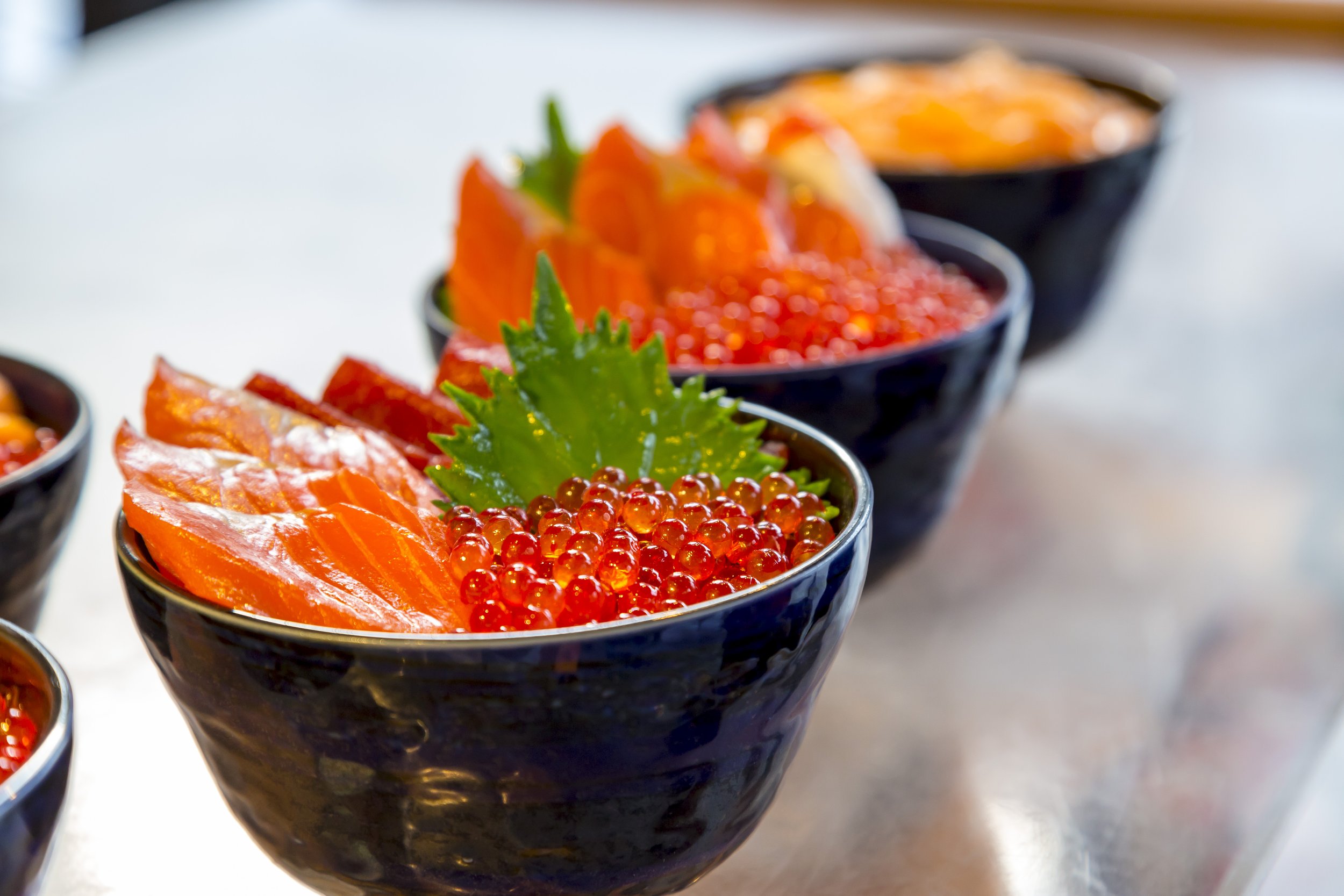
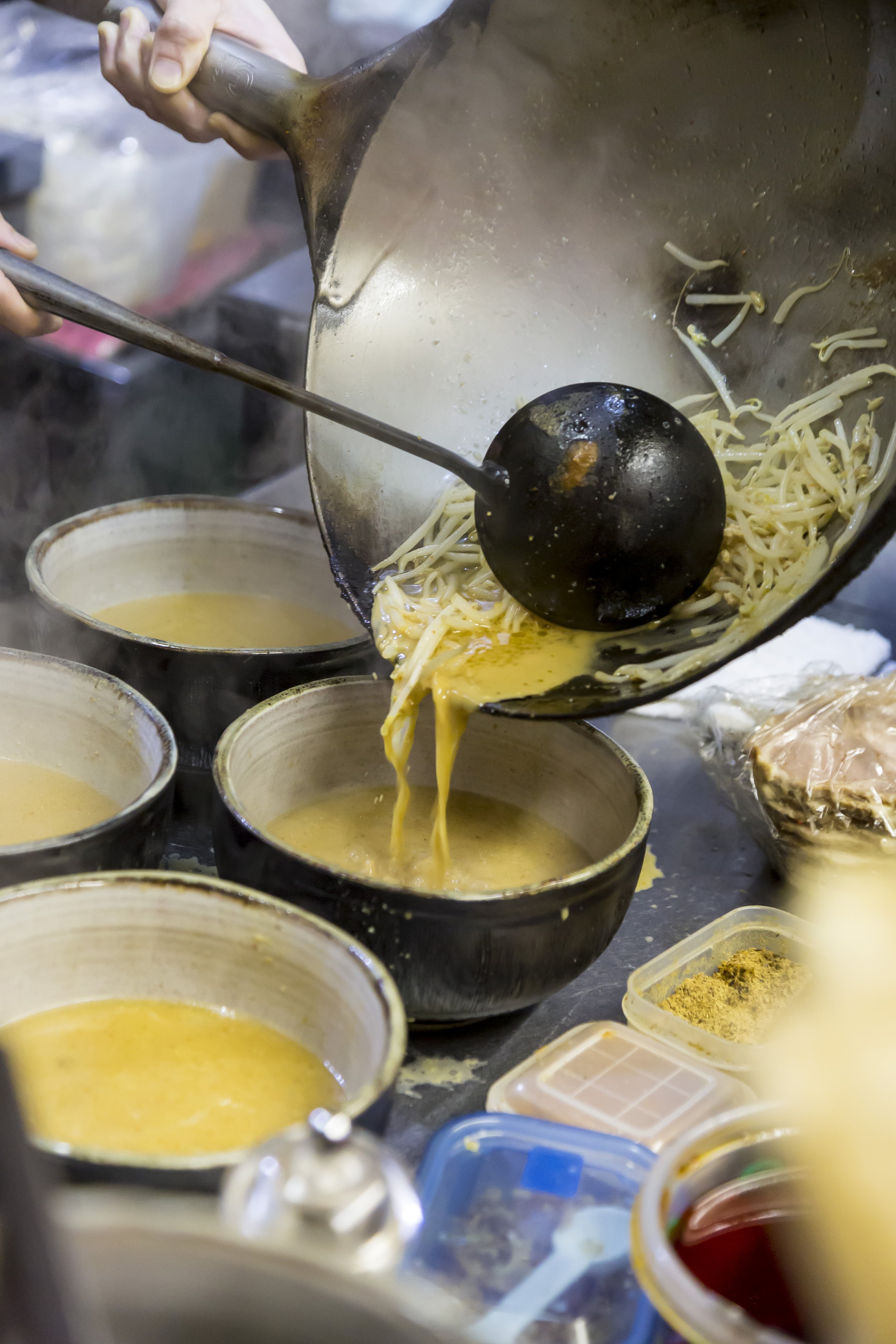

Off the beaten path, but not too far off it, really. That appears to be the new mantra for modern travellers seeking new experiences, and destinations that aren’t yet saturated by Instagram-posting throngs: In search of something new, but not really roughing it, and ideally a non-stop flight, too. It also describes the Japanese island of Hokkaido, which has been an exotic, far-flung destination until more recent times. The island was put on the map for many when its capital, Sapporo, hosted the Winter Olympics in 1972, but back then it wasn’t on many itineraries, and visitors to Japan were far more likely to visit Tokyo and Kyoto. If Japan had been seen as an exotic destination, Hokkaido was even more hidden and remote, a storied treasure waiting to be discovered.
The island beckons as a true four seasons destination, winter is foremost in people’s minds, thanks to the island’s northern location and maritime climate. Blessed with yards-deep snow that falls in powdery layers, the island’s topography draws winter sports enthusiasts to the slopes and back country, while images of roads carved through snow fields and palaces carved from ice bring others seeking the food, arts and culture scenes. The landscape is blanketed in snow from December through April, which gives ample time to avoid peak holidays and the accompanying bustle. As the seasons change, the white blankets recede, revealing rolling hills, forests and lakes, and farms that dot the pastoral scenery. The growing season showcases the island’s bounty, as one travels from city to town, and on to smaller villages and the farming communities that provide much of Japan’s dairy and grain products. Long known for its butter, milk and chocolate, Hokkaido is also home to breweries, distilleries and of course, ramen noodles.
Sapporo anchors the island with much to discover within city limits, and the city’s heart is truly walking-scale; no tour guides needed. From seafood markets, to shopping, to alleyways chock-full of noodle shops serving heartiness by the bowl. With flavors and broth bases ranging from freshly caught crustacean to foaming creamy corn, every local has a favorite Hokkaido ramen spot, and one won’t run out of options to try. The city delivers everything one might expect on a visit to Japan, but a few surprises remain in store, such as streetcars that still ply the main avenues, and close by attractions like the Olympic park with its panoramic views over the city and distant hills. Parks and a calming river bisect the city and lend spaces where one can step out of the urban flow for brief pauses, restoring energy before night falls.
Outside of the city, the adventurous can rent a car and be rewarded with the flexibility to chart one’s own course, and can begin to experience life as the locals live it. Nearby towns like the fishing town of Otaru are well worth venturing to and getting lost for an afternoon of discovery. Its historic canal and scenic walkways invite one to discover its rich seafaring history, and the nearby whiskey distillery in Yoichi merits more than a brief stop and sip. The Nikka distillery dates back to 1934 and is considered the birthplace of single malt in Japan, with its traditional brass stills in use to this day. Its founder traveled to Scotland to learn the craft, and returned to Hokkaido with some key ingredients of whiskey-making: the knowledge itself, and a Scottish bride.
Venturing farther brings one to mountains, forests and lakes that deliver scenes not normally associated with the pop culture image of Japan; here, serenity and calm replace the neon-lit urban scenes and animé characters that much of the world associates with modern Japan.
In discovering Japan through Hokkaido, one discovers the parts of Japanese life that are more arts and crafts—or heritage and tradition—than one would find in the typical Tokyo visit, and these scenes inevi- tably bring to mind some of the older Japanese neighborhoods in Hawai‘i, and what life must have been like a century or more ago. It serves as an alternate gateway to the culture, highlighting many of the less known yet highly prized aspects of culture and tradition that have been passed down through generations. Some opine that it makes an ideal first destination in Japan, because those who visit Hokkaido will want to return to discover more of its hidden treasures.
_______________________